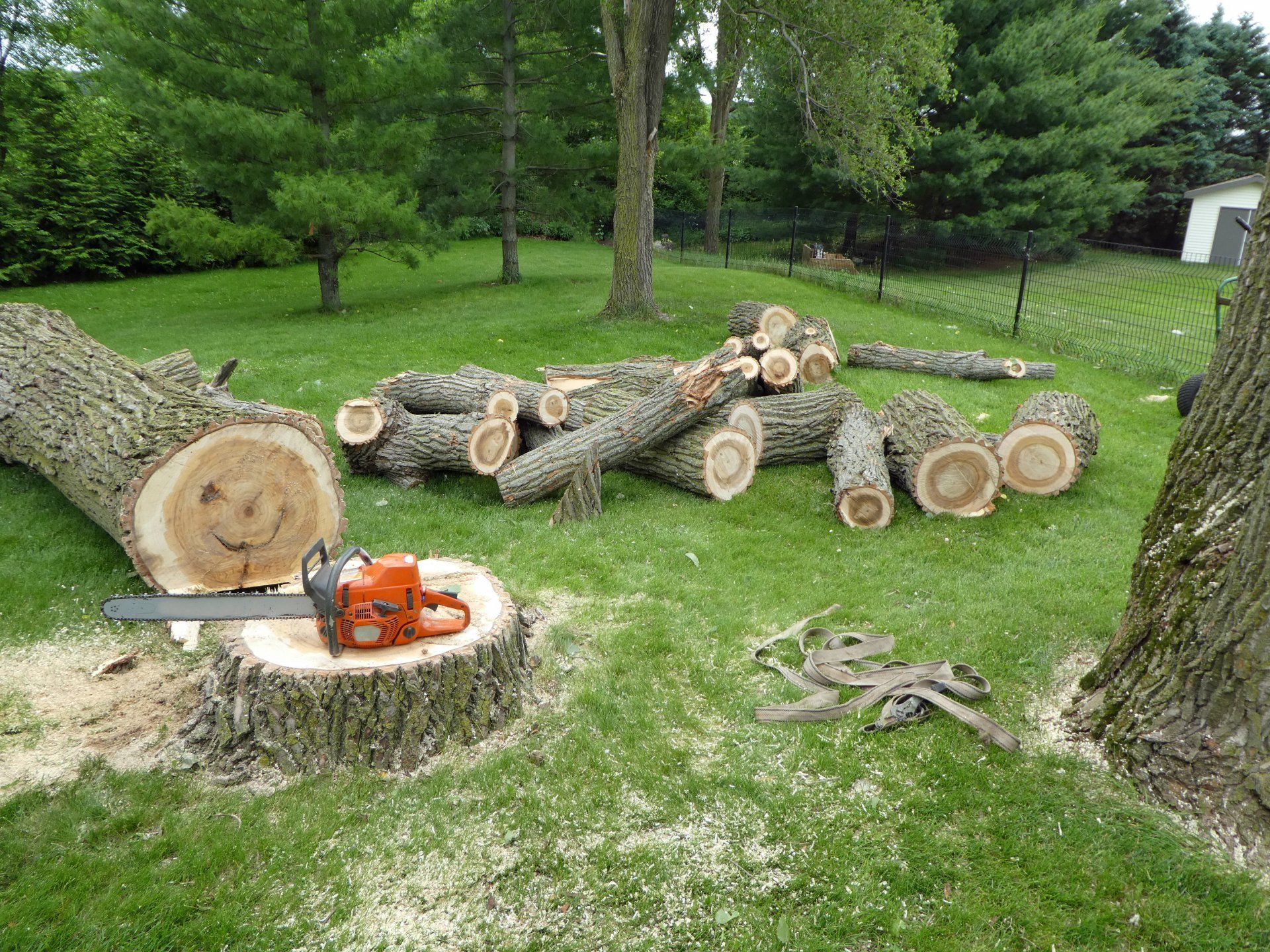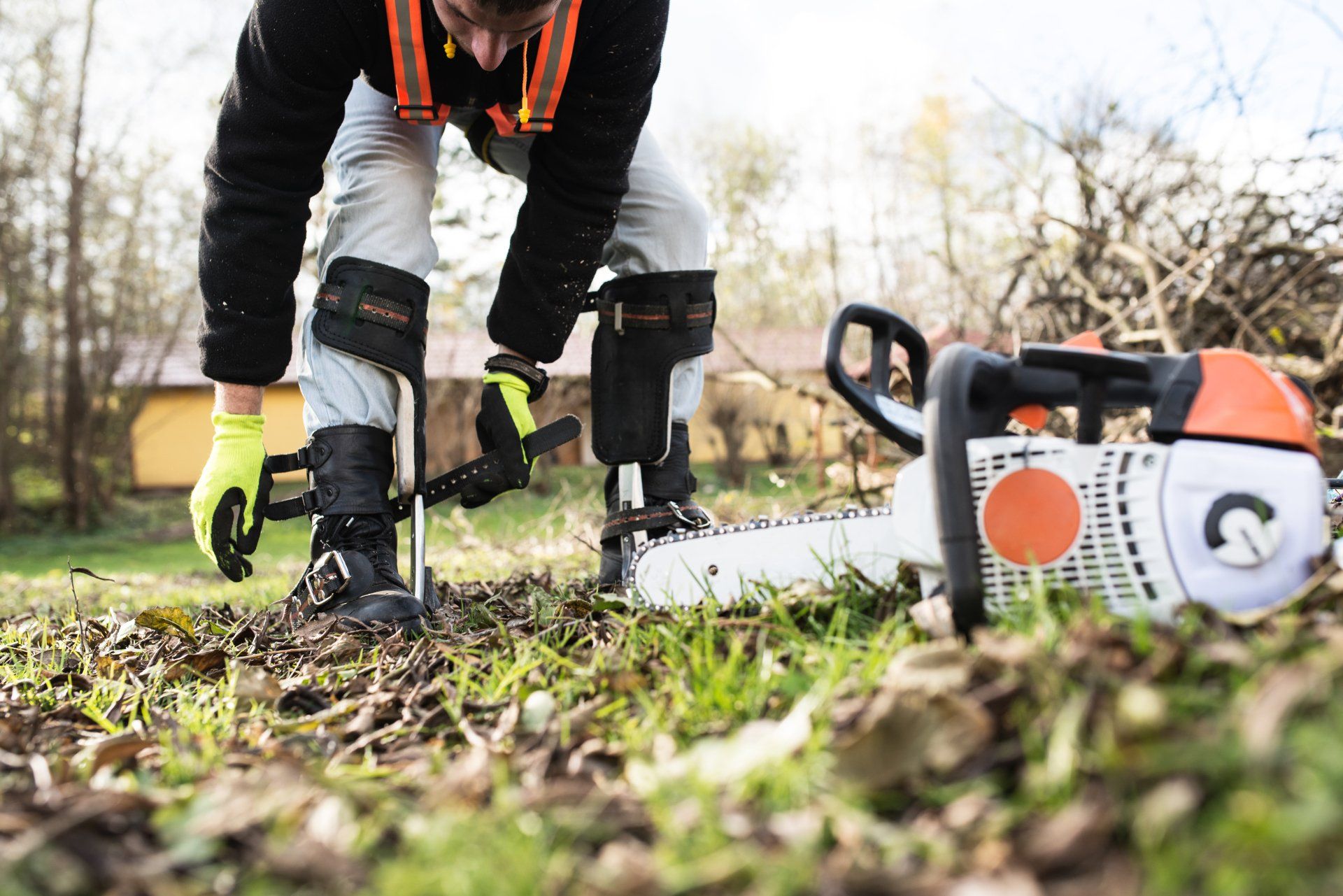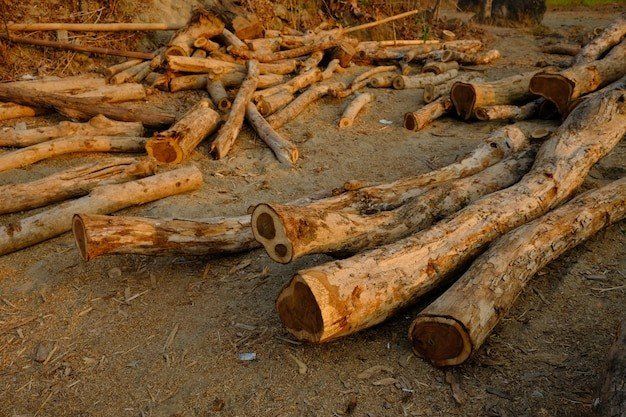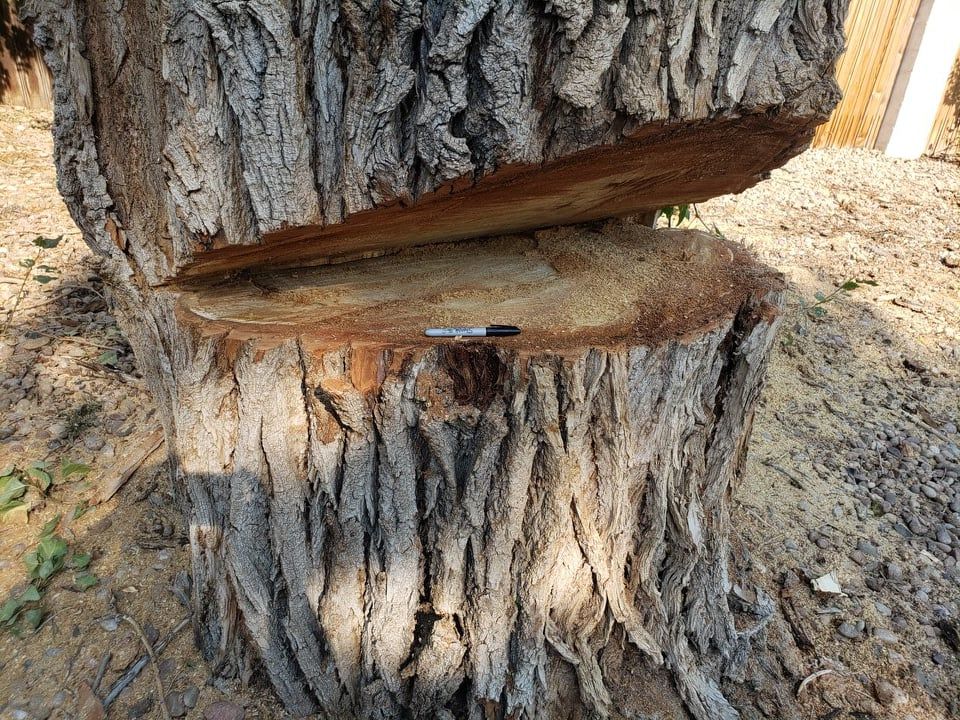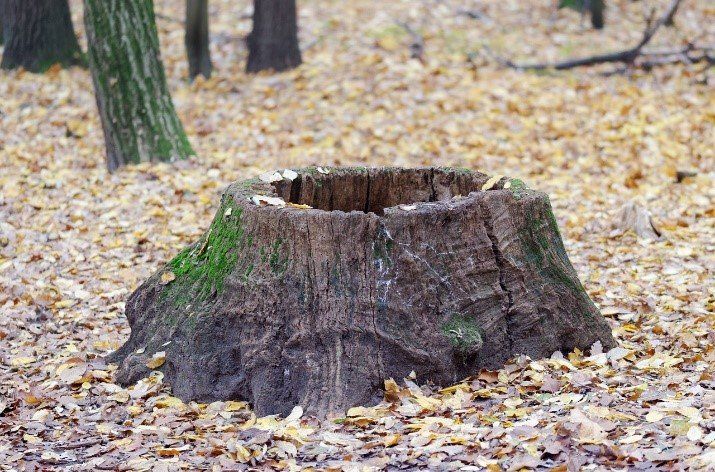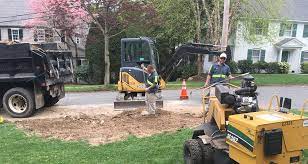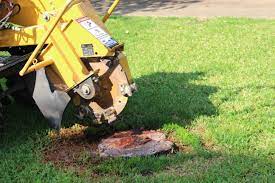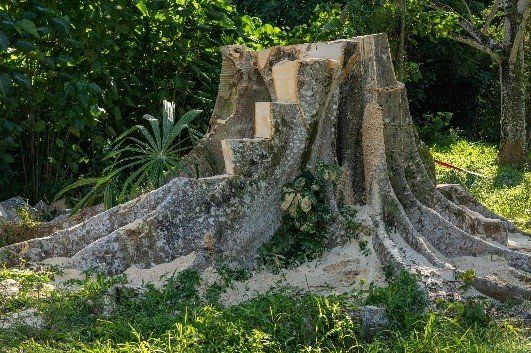When should trees be cut down?
When should trees be cut down?
Trees are part of the natural green infrastructure that helps cities cope with more frequent and intense rain events and floods. But trees also pose a risk during storms, as they can fall on buildings, vehicles or people. Research has shown that the best way to manage tree risk is by proactively cutting them down before they become a danger. When it’s time to cut down a tree, there are three main considerations: Where should the tree be cut? What type of tree is it? And what condition is it in? Read on to learn about these questions and more to determine when and how you should remove all or part of a tree.
What to look for when choosing where to cut
When deciding where to cut down a tree, a few factors to keep in mind include: The surrounding infrastructure: Be sure to check for lines and pipes that are near the tree, as well as any utilities it might be in contact with. The root health of the tree: If the roots are extending into the sidewalk, street or driveway, it will be more difficult to remove the tree entirely. The health of the tree: A tree that is decayed, dying or posing a safety risk should be removed. The ease of access: How accessible will the site be for cutting the tree down? If you’re working on a busy street or near power lines, you’ll want to consider how you’ll access the tree. The height of the tree: If the tree is too tall to cut down, it may be best to leave it or hire a professional tree trimmer to safely lower it.
How to determine the type of tree
Before you do anything else, you’ll want to identify the type of tree you’re dealing with. Start by taking a look at the leaves, flowers and bark of the tree, and use a tree identification guide to help you figure out what species it is. Once you know the tree’s type, you can determine the best course of action for managing it. For example, if you have an ash tree in your yard, you’ll want to remove it entirely due to the spread of the Emerald Ash Borer beetle. If you have a maple tree with a trunk that’s decayed, you’ll need to cut both the trunk and the limbs, since you can’t remove just the decayed part.
When a tree should be cut down completely
You’ll need to have a tree completely removed if it’s decayed or dying, posing a risk to people or structures below it. You’ll also need to remove a tree if it’s too close to power lines or is touching or growing into a power line. If the tree is touching a roof, wall or deck, or growing too close to a sidewalk or street, it can be cut down partway using a process called tree pruning. This will help keep the tree in place while reducing its overall height and impact on whatever it’s touching.
When a tree should only have part of its limb or trunk removed
While cutting down a tree entirely is often the best way to manage it, there are times when only part of its limb or trunk should be removed. For example, a tree with low-hanging branches that are in the way of people or cars can be raised by cutting the limb that is touching the ground. When a tree has a large hole in its trunk or is decayed, it can be removed from the inside out by cutting down a portion of the trunk.
When it’s time to remove the entire tree
If a tree is too tall, dying, decaying or posing a risk to people or structures below it, you may want to consider removing the entire tree. However, this is often a very costly and time-consuming process, and there may be cheaper or less disruptive ways to handle the situation. To determine if it’s time to cut down the entire tree, consider the following factors: The overall health of the tree: A tree that is decayed, dying or posing a safety risk should be removed. The overall height of the tree: If the tree is too tall to cut down, it may be best to leave it or hire a professional tree trimmer to safely lower it. The root health of the tree: If the roots are extending into the sidewalk, street or driveway, it will be more difficult to remove the tree entirely. The ease of access: How accessible will the site be for cutting the tree down? If you’re working on a busy street or near power lines, you’ll want to consider how you’ll access the tree. The surrounding infrastructure: Be sure to check for lines and pipes that are near the tree, as well as any utilities it might be in contact with.
Conclusion
When deciding when and how to cut down a tree, you’ll need to consider a number of factors. First, you’ll need to identify the type of tree you’re dealing with. Next, you’ll want to determine the best way to manage it based on its overall health. Once you’ve determined the best course of action, you can decide when it’s time to cut down the tree. This will depend on the overall health of the tree and the surrounding infrastructure.
